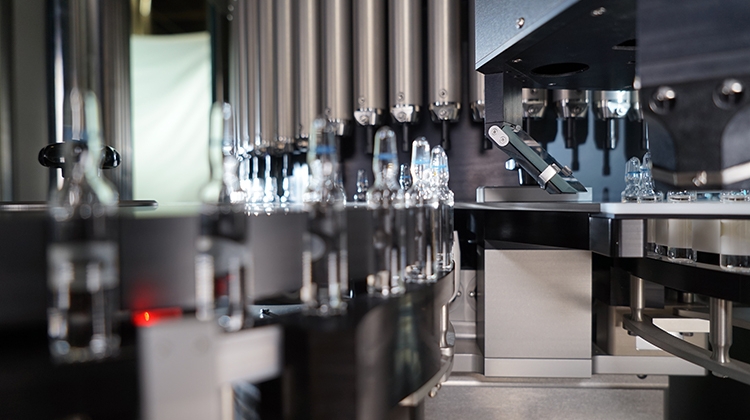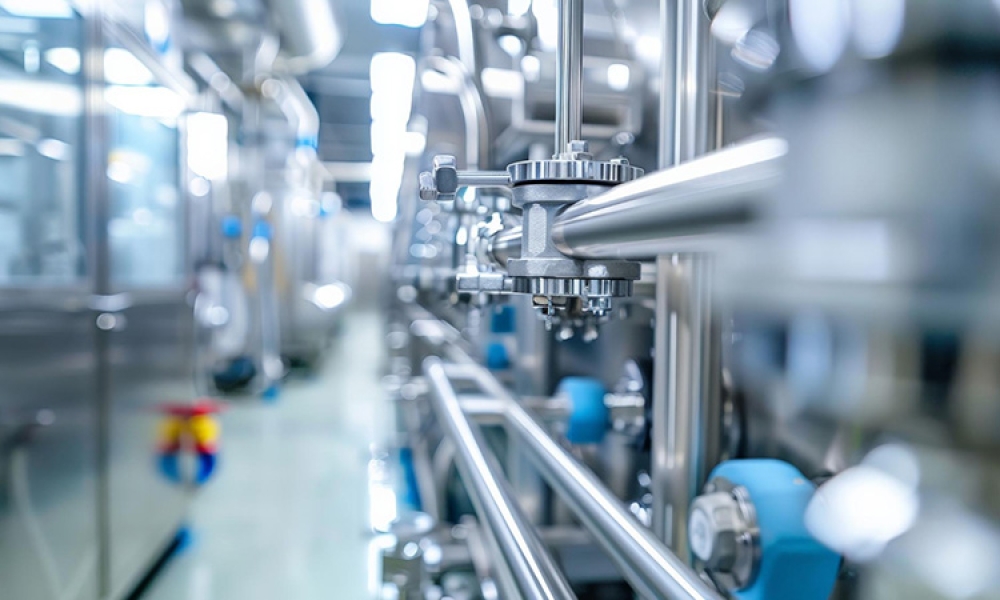5 Lessons You Can Only Learn at the 2020 ISPE Aseptic Conference

I have been going to the ISPE Aseptic Conference since 2008 and the overwhelming response is that this is the best technical conference that ISPE hosts. The amount of learning, networking, and understanding that you can get at this conference is unparalleled. There are some valuable lessons that can be had at the Aseptic Show.
1. People were willing to help you understand good, better, and best practices.
Whether it is how to design your facility or how to justify a testing methodology, or how to plan for the future trends of filling – there is always a group that is willing to share painful stories and helpful solutions to allow you to prepare. Here are some of the session and presentation topics you don’t want to miss:
Today's ever tightening regulatory environment is pressing drug product manufacturers to explore and implement barrier technology into their designs. Manufacturers are left to determine which sciences/equipment are appropriate and least cumbersome for the application. This program session will focus on the why's, how's, and challenges that three manufacturers encountered during their facility design or expansion processes. Each presentation will walk you through the thought processes and lessons learned from their facility plans.
Single-use technologies are revolutionizing manufacturing techniques for product transfers into barrier systems. This session will explore some of the latest options available to manufactures. With these new options available, new risks must be analyzed from a sterility assurance standpoint. Extractable/ leachable testing methodologies for SUS technologies will also be analyzed.
Robots for transfers have been used for several years in aseptic fill-finish operations, but with the recent advancements in the technology, the applications go beyond pure transfers and explore tasks like robotized environmental monitoring and other new, innovative uses. Some automated lines in isolators go so far as eliminating the gloves, so the process needs to be even smoother as no interventions are possible. Three case studies will be presented on the use of robots in clean-rooms, a topic that will again be picked up in the panel-discussion.
2. People from other companies share contemporary designs and case studies that share costs, schedules, and staffing.
Every year there are examples from large projects, small projects, retrofits, and responses to audit findings that allow the group to understand further how a project should come together from concept, into operation, and beyond. The University of Iowa will present on Innovative Facility/Process Design and Delivery:
Using innovative facility and process design to meet unique business needs and niche customer demands, and a risk-based approach to deliver commissioning and qualification: first the new facility must be flexible enough to support many customers and products while still maintaining full cGMP compliance. Second, the facility must be designed to handle phase I/II clinical to small-volume commercial batch size. Third, the new facility must be state-of-the-art including isolator-based, fully automated filling, vial processing, and lyophilizer loading. Fourth, the new facility must be qualified in a science-based, risk-based, cost-effective, schedule-sensitive manner.
3. There are Baseline Guides for Sterile Product Manufacturing, for cross contamination control, risk-based approach, and many other topics that provides a road map for guidance documents that take the concepts from regulatory documents and translate them into design and operation and control strategies.
One of the most interesting conversations that I have had in the past 10 years was when an owner company engineering group lead expressed awe at the fact that there are guidelines written and commented on by the FDA and EMEA on how to design compliant facilities. The group were shocked that they did not have to do it all internally. Explore the details of the latest Sterile Product Manufacturing Facilities Guide.
4. Aseptic Processing directly applies to ATMP products and the members of the industry at this show are willing to share information “How to” and “How NOT to” for Isolators, open processing, regulatory compliance, container selection, and container closure requirements. Gain insight from three case studies in this comprehensive session:
Advanced Therapeutic Medicinal Products (ATMPs) are a recent innovation in the industry and provide some interesting challenges: individualized/personalized medicines mean smallest batch sizes, down to single units. Keeping the high standards of aseptic operations currently established, including quality testing require new concepts in building fill-finish operations. Additional challenges are presented in that these products are often live-cell-based or are formulated in live-virus vector-systems.
5. The Aseptic Show has a lot to offer - three tracks:
- Barrier Isolation
- Potent/Hazardous Aseptic Compound handling
- Aseptic processing including single-use technologies
The topics that are discussed at each of these tracks (one registration gets you access to all three tracks) are representative of solutions that are being used within the bulk biotech, primary filling, and quality compliance operations in the industry.



